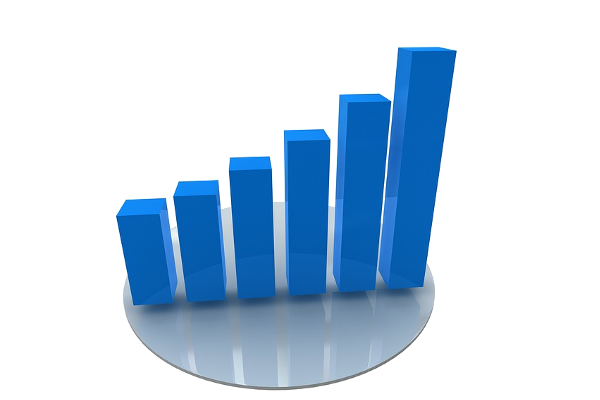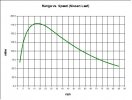I have a Mini 2 drone and am wondering what is the most battery efficient speed to fly:
- horizontally from point A to point B
- vertically from altitude A to altitude B
,regardless of the time it takes to cover that distance, and in the same weather conditions.
CINE mode at max speed of 6m/s flies 300m in 50 seconds, and consumes x1% battery
NORMAL mode at max speed of 10m/s flies 300m in 30 seconds, and consumes x2% battery
SPORT mode at max speed of 16m/s flies 300m in 19 seconds, and consumes x3% battery
How different are the values of x1 ,x2 and x3, and what is a short explanation of these differences ?
Thanks for your time
- horizontally from point A to point B
- vertically from altitude A to altitude B
,regardless of the time it takes to cover that distance, and in the same weather conditions.
CINE mode at max speed of 6m/s flies 300m in 50 seconds, and consumes x1% battery
NORMAL mode at max speed of 10m/s flies 300m in 30 seconds, and consumes x2% battery
SPORT mode at max speed of 16m/s flies 300m in 19 seconds, and consumes x3% battery
How different are the values of x1 ,x2 and x3, and what is a short explanation of these differences ?
Thanks for your time











